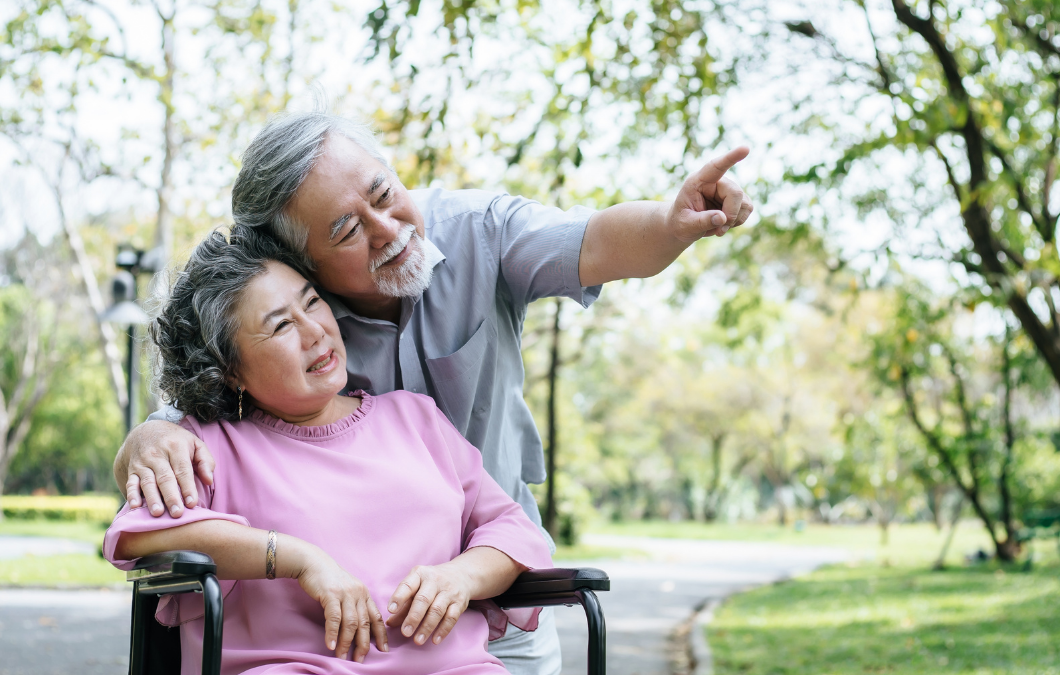
Incredibly we are more than halfway through 2020. It seems like yesterday the Western World was wishing each other Happy New Year and setting Resolutions (i.e. spend time with loved ones, travel abroad, go on a cruise, start a new hobby, and etc.), but the unforeseeable pandemic of the novel COVID-19 has completely dominated the year across the world. The order of the day around the globe was stay at home orders, wear face coverings (masks), lockdown and travel advisories which have been lifted in some place and issued for places like New York, New Jersey, and Connecticut State.
In the past weeks we have covered a range of topics including: Unemployment Assistance, Helping the Community, Self-Care tips, COVID-19 resources, Prepping Your Office and Businesses for Reopening. We intend to continue bringing you ample resources and tips on how to live your best life during and post the COVID-19 era. Today, we want to discuss a topic that’s been quaintly associated with COVID-19 and that’s “social distancing”.
What is social distancing really? Social distancing is a public health strategy attempting to flatten or slow the spread of infectious pathogens like the Coronavirus. Physical proximity is how many pathogens get transmitted from one body to another hence social distancing is any method to keep people physically separated. This includes isolating people who are infected, quarantining people who may have been infected, wearing face masks, and keeping people separate while interacting with each other (i.e shopping, social gatherings, etc.).
Why are we practicing social distancing? COVID-19 spreads mainly among people who are in close contact with each other (within about 6 FT) or for a prolonged period. Spread happens when an infected person coughs, sneezes, or talks and droplets from their mouth or nose are launched into the air and land in the mouths or noses of people nearby. These droplets can also be inhaled into the lungs. Since people can spread the virus before they know they are sick, it’s important to maintain a separation of at least 6 feet whether you know someone is infected and despite them showing no symptoms. Social distancing has been especially important in fighting the pandemic because there is currently no vaccine to protect us. Social distancing is a vital protector of people who have preexisting conditions and are at higher risk of contracting COVID-19. We all have a role to play in slowing down the spread and protecting our selves, family, and community.
Social distancing is the new norm, and we all need to do it. Whether quarantined, working remotely, or reporting to the office. Naturally, self-isolation is challenging – as humans, we are living and breathing social beings, but these measures are highly recommended. Below are the many ways to practice social distancing.
To make social distancing easier, you should:

- Stay at least 6 feet apart
- Wear a cloth face covering (masks)
- Avoid public transportation
- Stay away from crowded places like shopping malls, movie theaters, bars, and stadiums
- Work from home if you can
- Limit or cancel meetings and travel plans unless absolutely necessary
Social Distancing: How to remain connected with family and friends

- Face-to-Face from afar: the next best thing to an in-person interaction is video chat, particularly since facial cues, body language and other nonverbal communication are essential for bonding. When possible, opt in for video over texting or calling. Be open to creative new ways of doing normal activities such as having digital dinners, a virtual happy hour with friends, a virtual birthday party, or a remote book club meeting.
- Use a tool: Increasingly, apps and social media platforms are being designed to help optimize our online interactions with loved ones; most popular amongst them include Ikaria, Cocoon, Monaru, and Squad. If you prefer structure, these resources may be a useful option for you. However, if you love using conversation prompts then we recommend TableTopics to spark interesting dialogue during a video call.
- Plan ahead. Try to think of ways to include important family members or close friends to a virtual event. Reserve dates in advance to prioritize scheduling for socially distanced activities throughout the Summer. You may want to consider a primary date and a rain date or come up with a creative rain alternative if you planning to do an outside activity. Don’t forget – it’s okay to decide a later date.

- Choose creative and safe social activities. Summer should be fun, relaxing, enjoying warm weather and building memories. Find creative and safe ways to spend time with those most important to you. Build a list of activities that your family or friends can all do together. Having a list of things to look forward to will boost everyone’s mood, and you can use your list to offer creative and varied activity options as you get requests to “hang out” with family and friends throughout the Summer. Remember, if meeting others in person (i.e. at a small outdoor gathering or backyard/ driveway gathering with a small group of friends or family members), stay at least 6 feet apart from anyone not from your household. Some fun activity ideas include:
- A socially distanced picnic (everyone brings food and stays on their own blanket)
- Hiking or biking outside
- A socially distanced bonfire and s’mores
- Visiting a national park or battlefield (or another place with wide open spaces)
- Exercise outside as usual – as long as you maintain a safe distance from others
- Keeping distance at events, gatherings, and activities. It is safest to avoid crowded places and gatherings where it may be difficult to maintain 6 feet distance from others not from your household. If you are in a crowded space, try to keep maintain 6 feet of space between yourself and others at all times, and wear a cloth face covering. Cloth face coverings are especially important in times when physical distancing is difficult.

- One minute kindness. Getting a lot of likes on a social media post may give you a fleeing jolt of dopamine but receiving a direct message or e-mail with a genuine compliment or expression of gratitude is more personal and longer lasting – without taking additional time. When you find yourself scrolling through people’s posts, stop and send one of them a few kind words. After all, who couldn’t use a little extra kindness to counter the stress, anxiety, and uncertainty of the coronavirus.
The pandemic has changed all our lives, but we have made a lot of progress. Our coming together and vigilantly fighting this unseen foe has slowed down the spread of the virus. There is no vaccine to fight against the COVID-19 yet, but if we all do our part and practice good mental and physical health, then there’s no reason why we can’t live our best lives post COVID 19.
Additional Resources:
CDC – Personal and Social Activities
Social Distancing Outside: 8 Safe Places to Go and Things to Do








